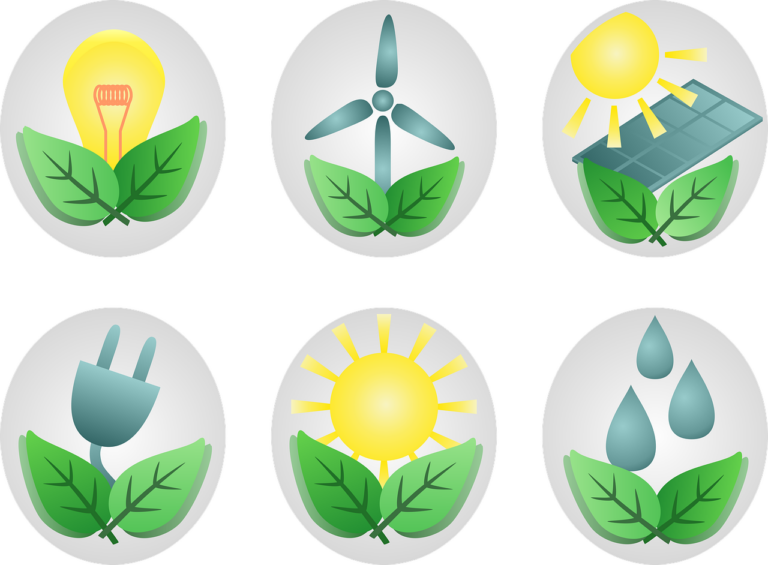
A PLA J-16 aircraft
Taipei: An aggressive China has been violating Taiwan’s airspace continuously for the last several months almost on a daily basis but in the last three days beginning Chinese National Day on October 1, 2021, a record number of warplanes, including nuclear H-6 bombers, have entered Taiwan’s Air Defence Identification zone (ADIZ), sending ominous signals of Beijing’s intention to forcibly occupy the island nation, which it claims to be a part of mainland China under its One China principle. ADIZ, it may be mentioned, is a buffer zone outside a country’s sovereign airspace.

Incidentally, Taiwan celebrates its National Day on October 10, and is preparing for that with its air force aircraft screaming through the sky above Taipei in rehearsals.
16 PLA aircraft (J-16*8, SU-30*4, Y-8 ASW*2 and KJ-500 AEW&C*2) entered #Taiwan’s southwest ADIZ on October 3, 2021. Please check our official website for more information: https://t.co/j7k62hne0V pic.twitter.com/dz5emGj2d4
— 國防部 Ministry of National Defense, R.O.C. 🇹🇼 (@MoNDefense) October 3, 2021
The latest violation of Taiwan’s airspace by China’s People’s Liberation Army (PLA) was on October 3, 2021, when 16 PLA aircrafts from China entered Taiwan’s south-west Air Defence Identification Zone (ADIZ). According to the Taiwanese Ministry of National Defense, there were eight J-16 sorties, four Su Kai-30 aircraft sorties, two Y-8 anti-submarine aircraft sorties and two Air Police-500 aircraft sorties of the PLA. Taiwan dispatched air patrol troops to respond, broadcast dismissal, and anti-aircraft missile tracking and monitoring. Combat Air Patrol aircraft were tasked, radio warnings issued and air defense missile systems deployed to monitor the activity, Taiwan stated.
On October 2, 2021 too, Taiwan claimed 20 PLA aircraft (J-16*14, SU-30*4 and Y-8 ASW*2) had entered Taiwan’s southwest ADIZ, while on October 1, that also marked Chinese National Day, China had sent 38 aircraft in two waves to the Taiwanese airspace – first 25 PLA aircraft, and thereafter a further 13 aircraft, in a second wave, had entered Taiwan’s ADIZ.
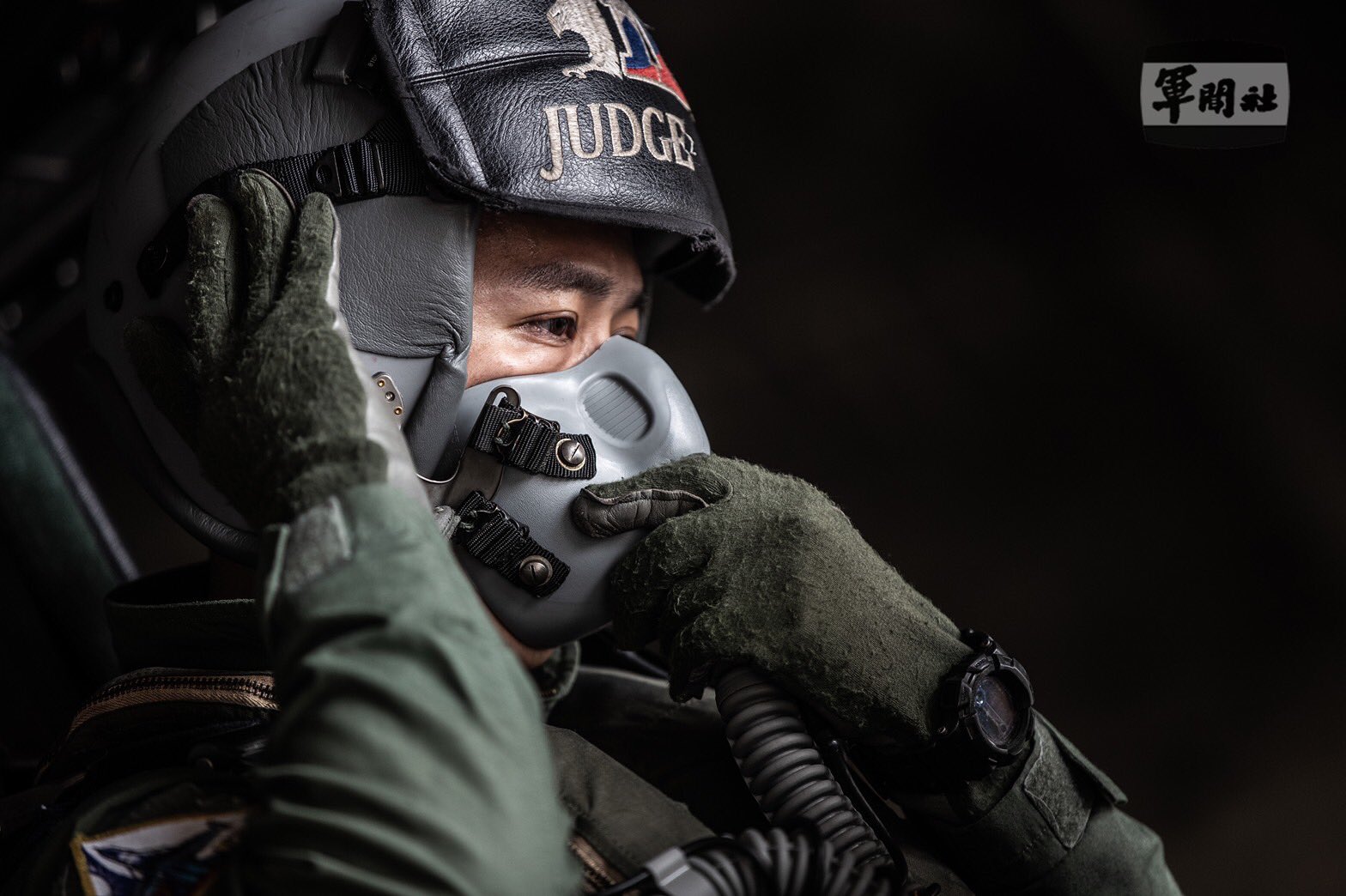
The recent intrusions into Taiwanese ADIZ stand out because of the number and types of planes involved, including bombers and anti-submarine planes. On August 17, China had dispatched 11 aircrafts (Y-8 ASW, Y-8 EW, KJ-500 AEW&C, J-16*6, and H-6K*2) to Taiwan air space, while on September 5, 2021, 19 PLA aircrafts (Y-8 ASW, H-6*4, J-16*10 and SU-30*4), on September 17, 10 PLA aircraft (Y-8 ASW, Y-8 RECCE, J-11*2 and J-16*6), and again on September 23, 19 PLA aircrafts (J-16*12, Y-8 ASW*2, H-6*2, Y-8 EW and J-11*2) had violated Taiwan air space.
Of late China has been more hostile on its stand on Taiwan and as recently as on September 30, 2021, it had publicly objected to the proposed visit by a French delegation under Senator Alain Richard to Taipei, stating it firmly opposes all forms of official contact and exchanges between certain French congressmen and the Taiwan authorities. It stated: “We urge relevant individuals to abide by the one-China principle and safeguard the favourable environment for normal development of bilateral relations,” Chinese foreign ministry had stated, while asserting that the one-China principle “is the political foundation for China to develop friendly and cooperative relations with other countries, including France”.
Just before that, on September 17, 2021, China had bluntly told the European Union that the Taiwan region’s participation in regional economic cooperation must be handled in accordance with the one-China principle. Moreover, on September 10, 2021, Beijing had made it loud and clear to Washington that the Taiwan question is the most important and sensitive issue in China-US relations, and that the one-China principle has to be the political foundation of China-US relations. It may be mentioned that the Taiwan Relations Act (TRA), passed by the U.S. Congress in 1979, has continued to provide a strong foundation for Taiwan-U.S. cooperation in the absence of formal diplomatic ties. The U.S. has repeatedly reiterated its security commitments to Taiwan under the TRA and the Six Assurances. Taiwan is the only nation included in the U.S. Visa Waiver Program that does not maintain formal diplomatic relations with the United States.
Also read:
Taiwan has diplomatic relations with 15 countries and substantive ties with many others such as Australia, Canada, EU nations, Japan, New Zealand and the U.S. A total of 170 countries and territories accord visa-free, landing visa or e-visa privileges to Republic of China (Taiwan) passport holders. The 15 countries that recognize Taiwan as ROC are Belize, Guatemala, Haiti, Holy See, Honduras, Marshall Islands, Nauru, Nicaragua, Palau, Paraguay, St Lucia, St Kitts and Nevis, St Vincent and the Grenadines, Swaziland and Tuvalu.
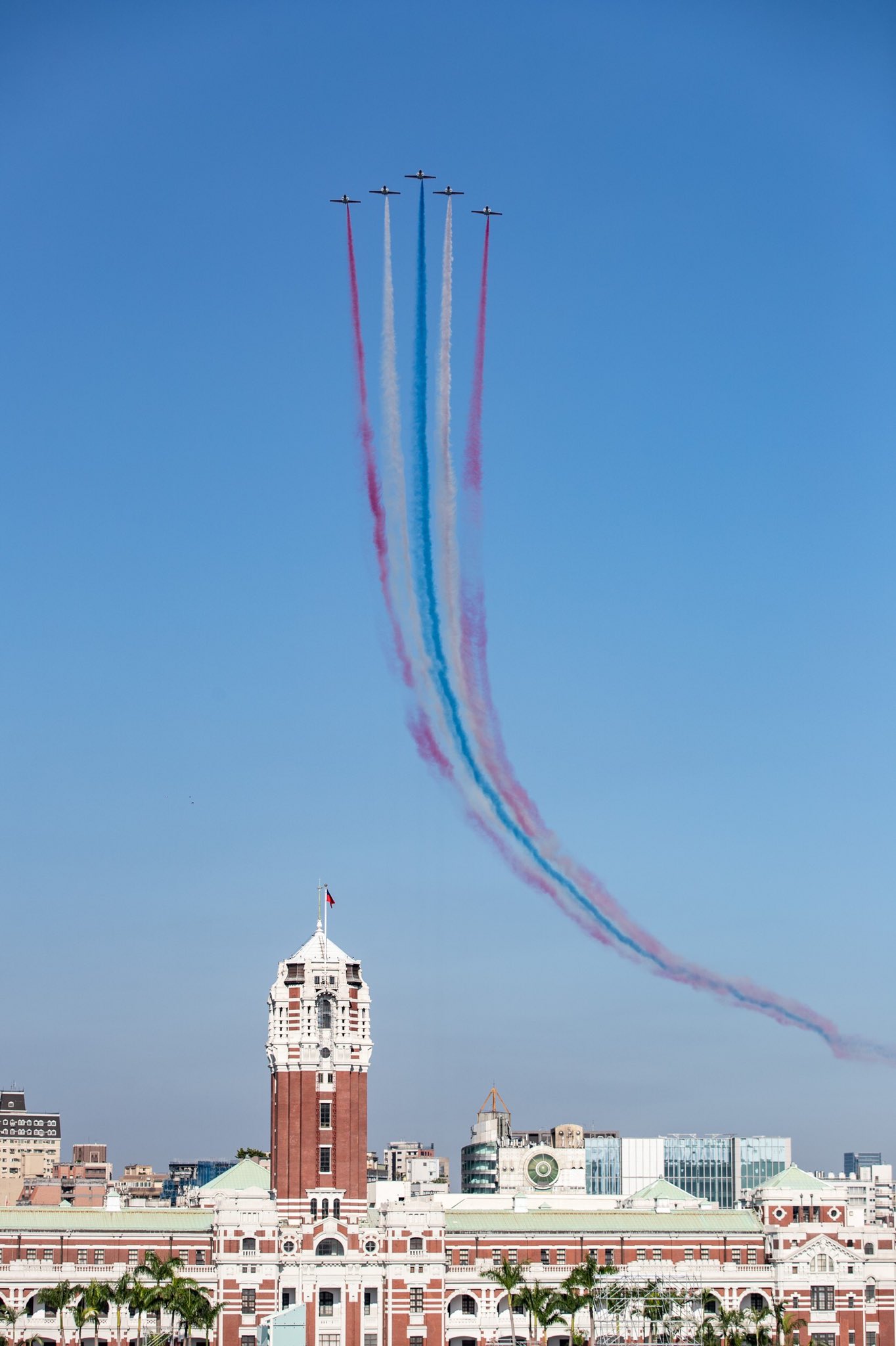
The escalation in tension between China and Taiwan is palpable with Taipei accusing Beijing of damaging regional peace.
#Taiwan‘s military stands ready across land, air & sea to respond to any threat. With the conclusion of this past week’s Han Kuang exercises, we have again shown the world the strength of our commitment to national defense. pic.twitter.com/Iq966NQnTf
— 蔡英文 Tsai Ing-wen (@iingwen) September 17, 2021
On September 17, 2021 Taiwan’s President Tsai Ing-wen had tweeted that Taiwan’s military stands ready across land, air and sea to respond to any threat. “With the conclusion of this past week’s Han Kuang exercises, we have again shown the world the strength of our commitment to national defense,” she stated.

Taiwan on its part too has stepped up its war exercises. It kicked off the the 37th HanKuang exercise on September 13, 2021 and one of the drills on the first day aims to test soldiers against Chemical, Biological, Radiological, Nuclear, and Explosives (CBRN) threat.
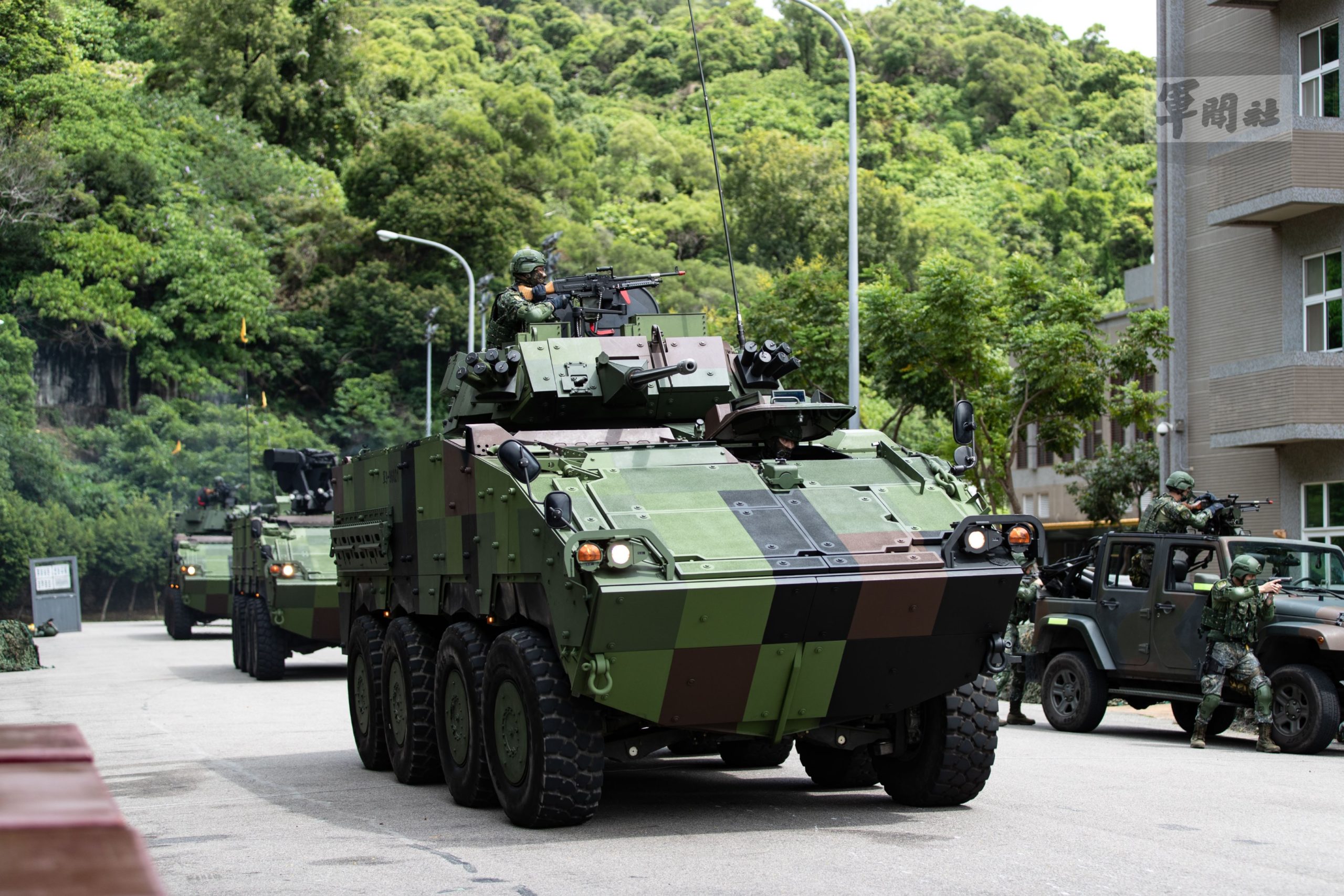
Troopers with 39th Chemical Group of Taiwan’s Republic of China (ROC) Army were dispatched to conduct decontamination after a simulated bio-weapon attack, and 202nd Command was sent to prevent the critical infrastructures from being destroyed by armed intruders.
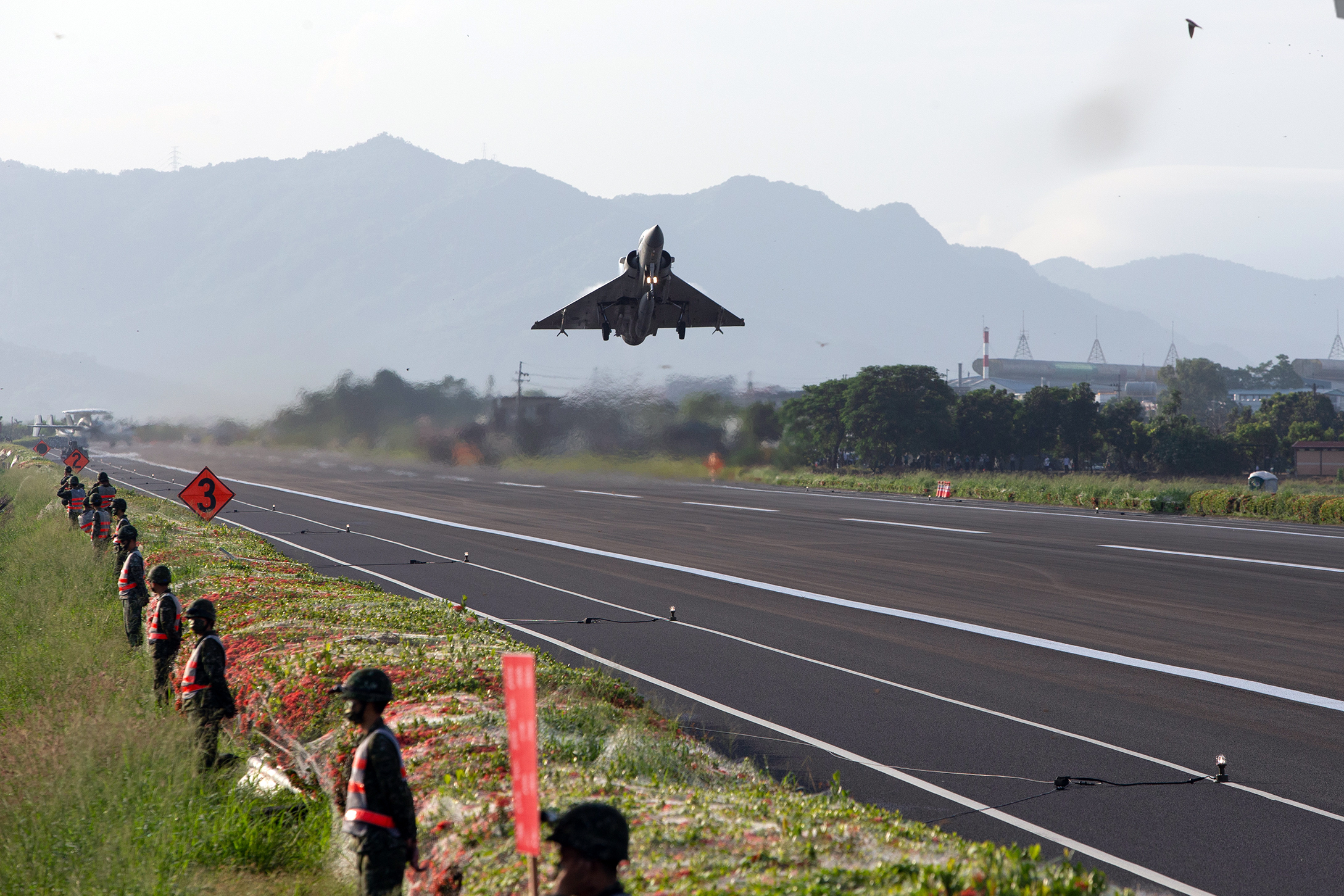
ROC Air Force aircrafts including IDF, F16V, Mirage2000 and E2K from different bases refueled and rearmed at dawn as they made landing and took off on Jiadong highway.
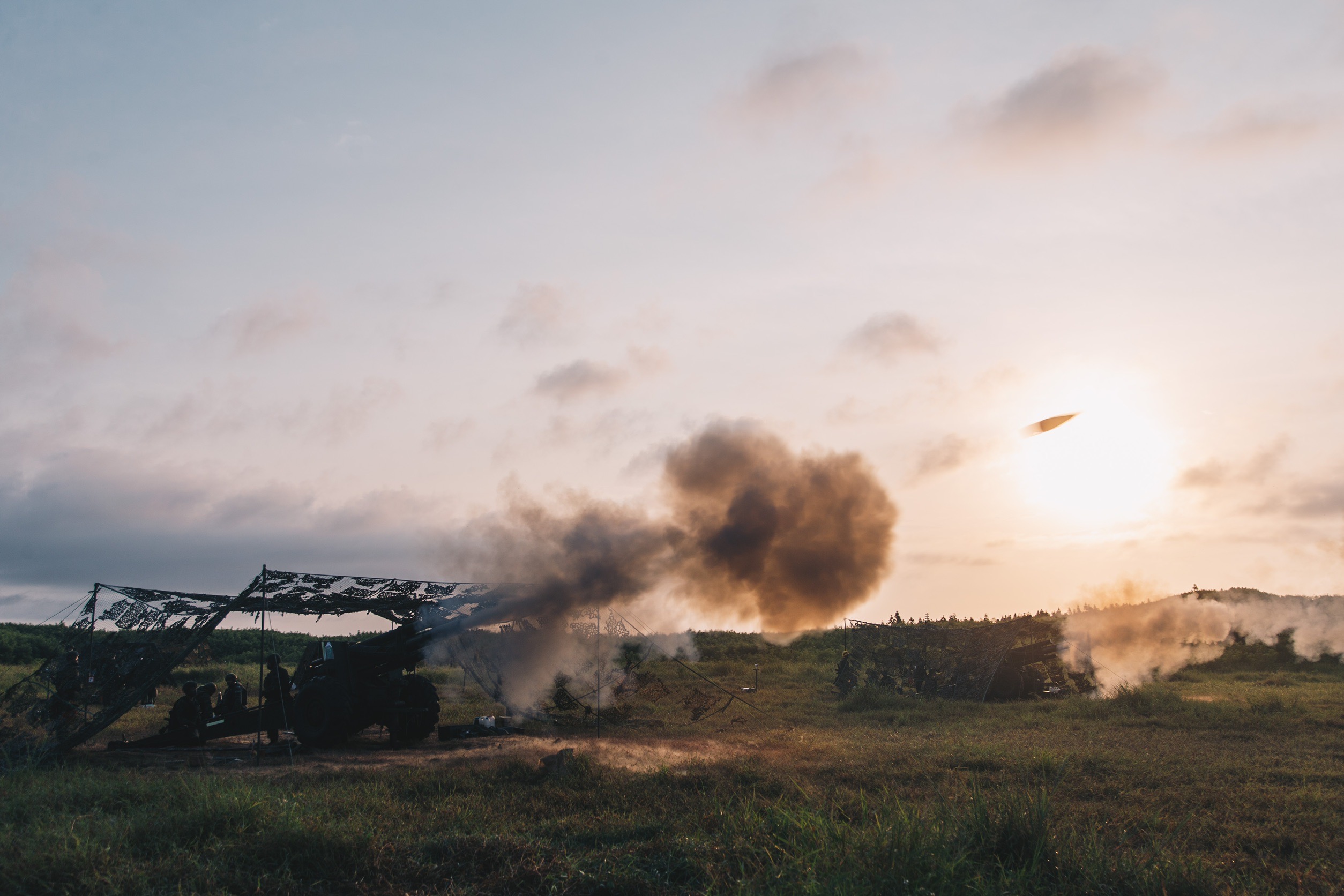
Soldiers also deployed artillery pieces, CM-23 armored vehicles, and M60A3 tanks and conducted live-fire joint anti-landing exercise in Penghu.

As part of the war exercise, while infantries and engineers set up positions and barricades to delay enemy landed and combined arms brigades use firepower to defend the city, pilots of ROCAF jumped in Indigenous Defence Fighters (IDF) to launch counter offensive operation.
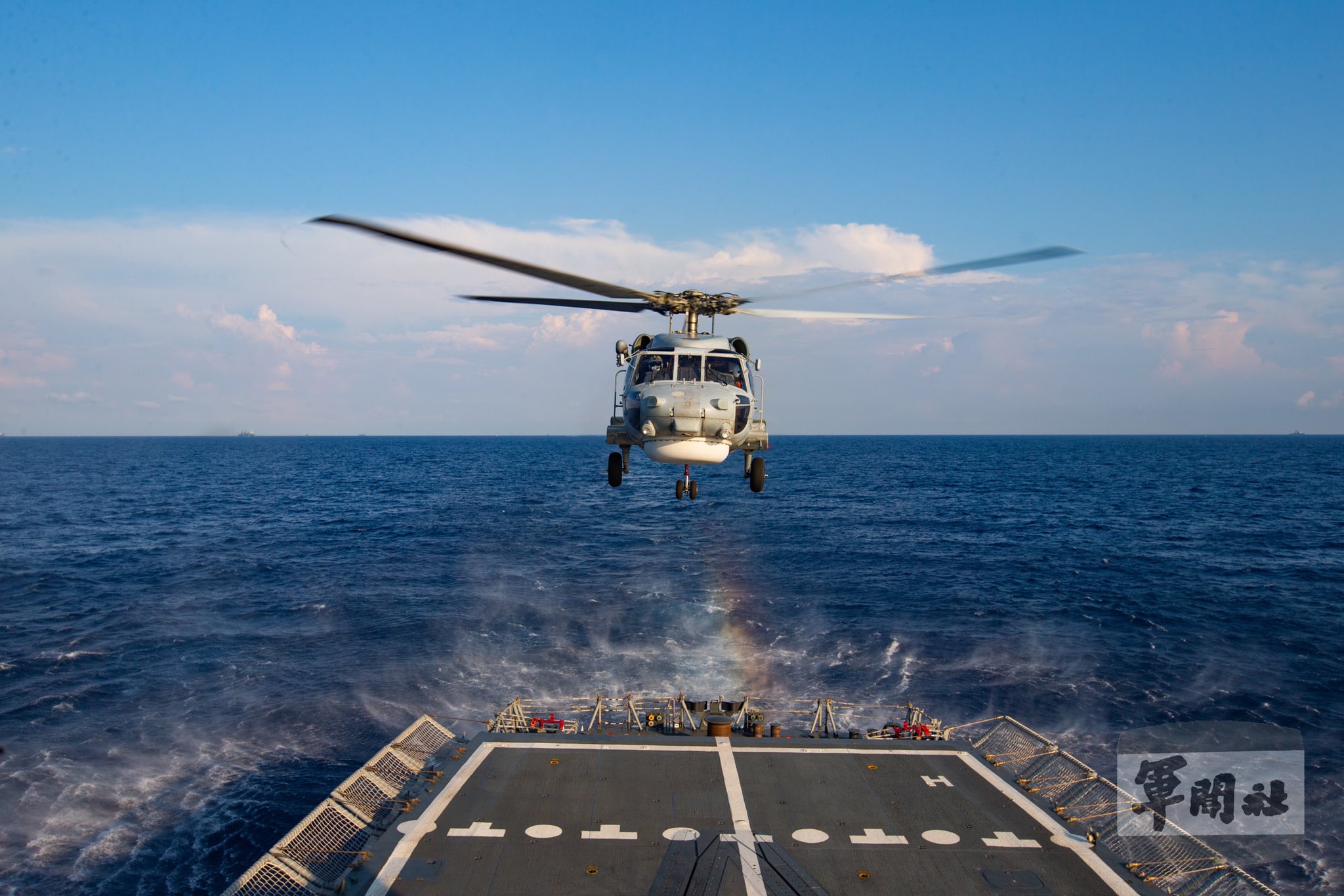
Frigate TianDan (PFG-1110) with 146th Fleet of the ROC Navy too conducted drills in the 37th HanKuang Exercise, including formation changing, damage control, and helicopter dispatch.
It may be mentioned that the Republic Of China (ROC) was founded in 1912 in China. At that time, Taiwan was under Japanese colonial rule. The ROC government of China began exercising jurisdiction over Taiwan in 1945 after Japan surrendered at the end of World War II. Also in 1945, civil war broke out between the ROC and the Communist Party of China (CPC). In 1949, the CPC established the People’s Republic of China (PRC) in Beijing, and the ROC government was forced to retreat to Taiwan,where it got relocated.
Taiwan’s status as an independent country constantly came under scrutiny. The United Nations General Assembly Resolution 2758 was passed in response to the United Nations General Assembly Resolution 1668 that required any change in China’s representation in the UN be determined by a two-thirds vote referring to Article 18 of the UN Charter. The resolution, passed on October 25, 1971, recognized the People’s Republic of China (PRC) as “the only legitimate representative of China to the United Nations” and removed “the representatives of Chiang Kai-shek” from the United Nations. (Chiang Kai-shek was the military leader who served as the leader of the Republic of China (ROC) from 1928, first in mainland China until 1949 and then in Taiwan, until his death in 1975).
On 23 July 2007, Secretary-General of the UN Ban Ki-moon rejected Taiwan’s membership bid to “join the UN under the name of Taiwan”, citing Resolution 2758 as acknowledging that Taiwan is part of China. Since Resolution 2758 was said to be “deliberately ambiguous” and did not use the word ‘Taiwan’, Ban Ki-moon’s interpretation to this effect was criticised by several UN members led by the U.S.
Taiwan, though, today has full membership in 38 intergovernmental organizations and their subsidiary bodies, including the World Trade Organization, Asia-Pacific Economic Cooperation, Asian Development Bank and Central American Bank for Economic Integration. It also enjoys observer or other statuses in 20 IGOs and their subsidiary bodies, including the Inter-American Development Bank, European Bank for Reconstruction and Development and committees of the Organization for Economic Cooperation and Development.
– global bihari bureau





